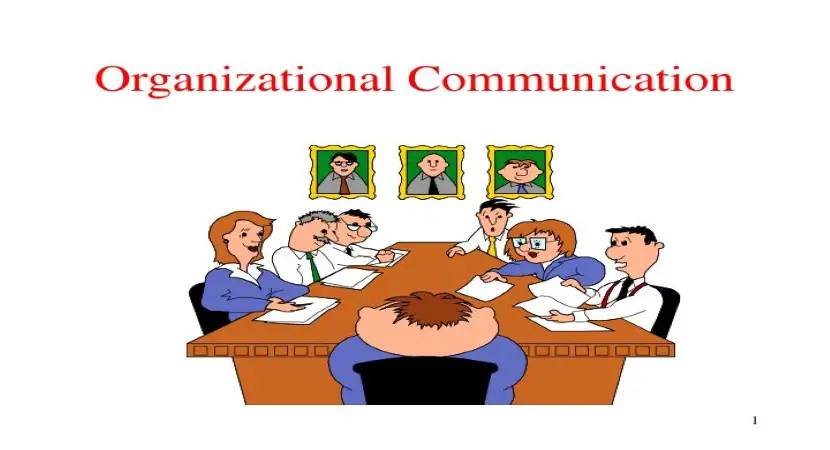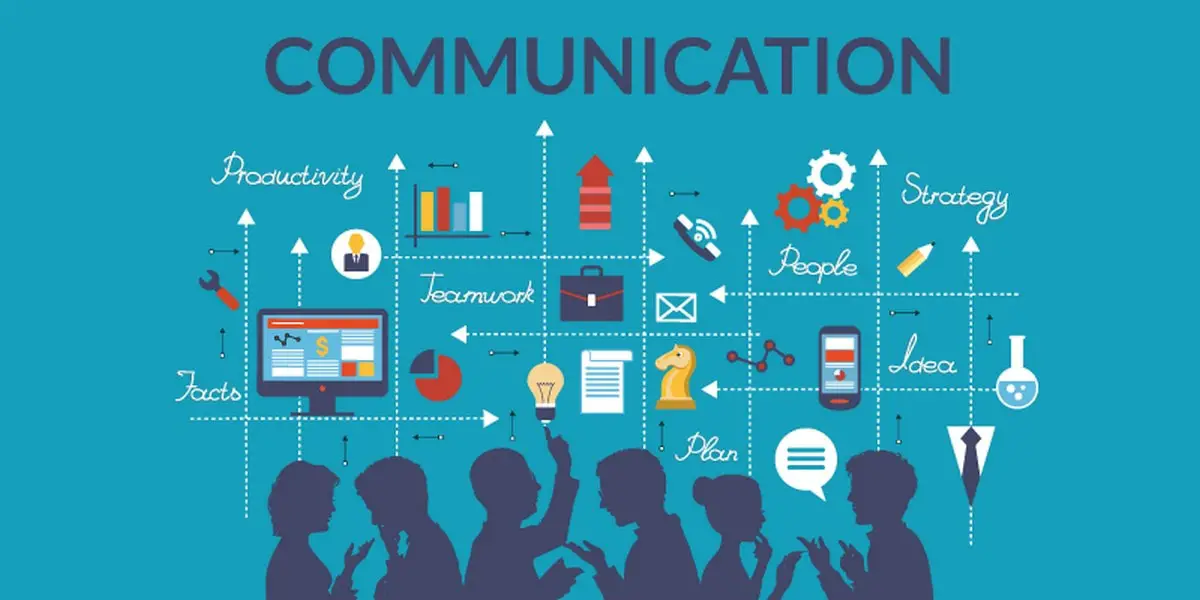Effective communication leads to a successful organization that serves as the lifeblood of those businesses. All managers and employees must know how people act to create the ideal working environment. Similarly, you might have a question: what is organizational communication?
Organizational communication refers to the process of exchanging information, ideas, and messages within an organization’s formal and informal channels. It encompasses all the interactions and flow of communication that occur among individuals, departments, teams, and hierarchical levels in an organization. It is important because it promotes effective information flow, facilitates coordination and collaboration, supports decision making, shapes organizational culture, resolves conflicts and enhances employee engagement.
This article provides all the details about organizational communication, so all of your questions will be answered!
Different Types Of Organizational Communication
The organization consists of four different types. While some businesses only use one style of communication, others use a combination of various communication types for what is organizational communication.
Formal Communication
Formal communication is one of the most typical forms of communication in most businesses. Through established channels, formal communication is conducted.
Management and staff who work for the company connect through these channels. The hierarchical organizational structure followed by the organization tends to engage more in formal communication.
Informal Communication
The communication mechanism is different and the reverse of formal communication. Informal channels are not used for formal communication. Organizations that communicate informally don’t adhere to any set protocols.
Informal communication, as opposed to formal communication, allows for direct communication between top management and front-line staff without intermediaries or proper channels.
In essence, it refers to informal interactions such as “water cooler talks” that frequently occur next to the coffee maker and don’t involve any formality.
Horizontal Communication
At the same hierarchical level, this organizational communication occurs between groups, teams, or individuals to share information; horizontal communication is regarded as formal communication between coworkers.
It is essential to coordinate the efforts of the IT, marketing, and sales department and ensure operations are done on the same page.
Vertical Communication
Vertical communication is communication that happens between superiors and their subordinates. Within hierarchically structured organizations, an up-and-down vertical pattern characterizes the most prevalent method of communication. At work, this kind of communication is crucial. Sharing instructions, criticisms, or suggestions would not be possible without vertical communication.
Importance of Organizational Communication
Encourage Motivation
The assigned task needs to be informed and clarified on how it performed and how to effectively and efficiently maintain performance if it is not up to par; communication helps to motivate personnel. Along with the skills, they are given comments on improving their work.
Modifying An Individual’s Attitude
Its communication quality partly shapes a company’s employees’ attitudes. Compared to a less informed employee, a well-informed person has a more upbeat attitude. Organizational journals, periodicals, open meetings, and a variety of other oral and written communication channels shape employees’ views and behavior.
Promoted Socializing
Communication can encourage socialization in the workplace. Employees socialize with one another within the company through communication. An organization’s ability to expand depends on its personnel developing strong ties with one another through socialization. Today the professional world cannot survive without inter-communication, a universal truth.
Managed Controlling
Organizational communication is essential to the managing process because a manager’s job is to direct subordinates and solicit feedback. Employees must work in a standard environment by a set of rules and values in an organization and different levels of hierarchy. They must follow organizational policies, carry out their duties effectively, and let their superiors know about any problems at work or complaints they may have.
Source Of Information
Organizations use communication mechanisms to convey information to their employees, which helps the organization’s people in the decision-making process since it aids in identifying and evaluating potential courses of action.
Organizational Communication Impact On Employees
Organizational communication is crucial since it significantly impacts how a firm operates. A firm can function well and possibly succeed with effective communication. The primary three have an impact on organizational communication.
Employee Management
Employee engagement is the degree to which staff members of a company give their full attention to a handed task. Engagement closely correlates with how much you appreciate your employee’s feelings, going beyond commitment and dedication, which might be linked to duty. Employees feel assured and valued when management communicates with them and understands their behavior.
Customer Satisfaction
Customer satisfaction measures a person’s level of satisfaction with a business, including their interactions, service, and product. It is essential to an organization’s existence and success, as we all know. Even if you offer the best product or service available, if a customer feels unappreciated by your business, their likelihood of leaving you increases significantly.
Ideas And Innovation
Open lines of communication can result in creativity and fresh ideas in various fields. Employees who are aware of the priorities of their organizations can concentrate on creating improvements and identifying chances for innovation that will boost success. Employees are more likely to offer their suggestions if the company officials appreciate their perspectives and take their advice into consideration. One of the fantastic sources of ideas for innovation and enhancing goods and services.
See also: What is Conversational Marketing? 101 Guide
FAQs
What are a few illustrations of corporate communication?
Organizational communication can take several forms, including interactions between management and staff, interactions among employees, and communication with the broader public. The sharing of information amongst coworkers is known as internal communication, whereas the interchange of information with investors, competitors, and clients is known as external communication.
How can you create a communication plan that works?
Assuring that all executive team employees have specific procedure interpersonal communication skills is one of the efficient strategies to increase organizational communication. To attain the discussion, we must follow some of the following measures.
1. The size of the organizations should be analyzed.
2. Ask employees to contribute different ideas.
3. Study or be inspired by the model of a different organization.
4. Link your business strategy to your corporate communication plan.
5. Feedback from managers and employees should be taken regularly.
What are the varied forms of communication in an organization?
There are three different forms of communication mainly:
1. Verbal Communication It makes sense that verbal communication is one of the most popular types of business communication. Different types of verbal communication include phone calls, training, performance reviews, meeting in-person, virtual meetings, and feedback meetings.
2. Non-verbal Communication Your body language, gestures, and facial emotions all have the power to convey a more powerful message than what you are saying and can be conveyed using tools such as eye contact, appearance, crossed arms, and furrowed brow.
3. Written Communication In business, written language is just as prevalent as spoken communication, especially when working with a team. Primary communication tools include email, proposals, contracts, text, and digital messages.
What hinders communication, exactly?
The major hindrance to accurately accepting and understanding the message used to convey their ideas and knowledge in communication hurdles. Information overload, selective perception, workplace gossip, semantics, gender disparities, etc., are a few instances of communication difficulties.
Conclusion
A manager must identify different types of communication obstacles, examine the causes of their occurrence, and take preventative measures to remove those barriers. As a result, a manager’s key duty is to create and maintain an efficient communication system within the company. We may say that “great communication is the foundation of successful organizations.” Writing detailed instructions for the responsibilities involved in running the company will increase efficiency. The staff may function as a more unified group and work towards the goals effectively by clearly articulating the goals and strategies for reaching those goals. We hope you got the answer to what organizational communication is.
See also: What is a T-Shaped Marketer?





